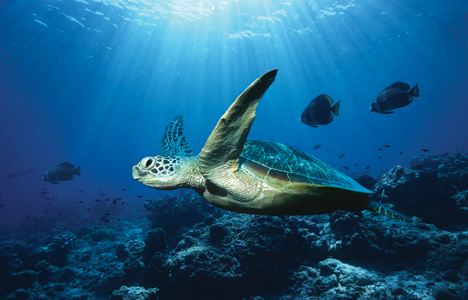
(Rizzo, J., & Earle, S. A. (2010). Oceans: dolphins, sharks, penguins, and more! : meet 60 cool sea creatures and explore their amazing watery world. Washington DC: National Geographic.)
Summary: This National Geographic Kids book presents 60 sea creatures and provides information on their habitat and lifestyle. It provides additional information on extremes in the ocean and tips for protection the ocean, set up in an engaging and eye catching format.
Key words/phrases:
1. Ocean
2. Marine Biology
3. Animals
4. Informational text
5. National Geographic
Suggested Delivery: Individual
Electronic Resources:
1. National Geographic The Ocean website provides multitudes of information on the ocean including animals, problems related to the ocean (overfishing, impact of seafood), photo galleries, and quizzes about the ocean.
2. Oceana website provides information about protecting the world's oceans and provides information on marine wildlife, marine places, and marine science.
Teaching Suggestions:
Key Vocabulary: breeching, acrobats, tentacles, digestive, track, polyp, chromataphores, bulbous
Reading strategies to increase comprehension:
Before: Lead the student in a chapter tour. Begin by looking at the table of content and seeing how the book is divided by animals and “ocean extreme” sections. Analyze the format to find what the green boxes tend to focus on, and what the purpose of the headings, pictures, and bright colors serve. Explore the index and the glossary in the back and model how to use them by asking the student for a search term or having them find a word they don’t know the meaning of.
During: Complete the following graphic organizer for two animals, such as comparing whales and sharks.
Whales
|
Sharks
| |
Types
| ||
What they eat
| ||
Size
| ||
Food
| ||
Unique Fact
|
After: Have students share how they completed the graphic organizer. Did they use the table of contents find where their chosen animals were in the book? Did they use the glossary to look up words they didn’t know? Did the headings or green boxes help them find the information more easily?
Writing activity demonstrating inferential comprehension: The students pick one of the “20 Ways You Can Protect the Earth”. The students will explain what the tip means, how it relates to protecting the ocean and how it will impact the animals they learned about.



No comments:
Post a Comment